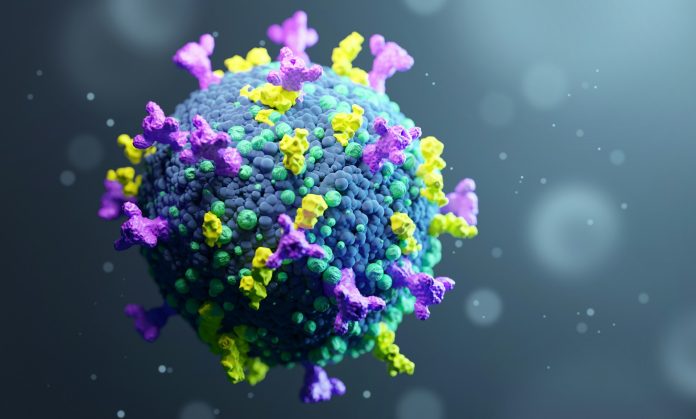
Researchers at Cornell University have found a way to control inflammation in the body by identifying a switch that regulates immune responses.
This discovery could lead to new treatments for inflammation-related conditions such as autoimmune, cardiovascular, and neurodegenerative diseases.
When a harmful substance or toxin (called an antigen) enters the body, it triggers an immune response.
Naive T-cells, which are immune cells that have never encountered an antigen before, can develop into different types of T-cells depending on the signals they receive.
Two key types are TH17 cells, which cause inflammation, and Treg cells, which suppress inflammation.
In a study published on July 23 in the journal Science Signaling, Cornell researchers discovered how an enzyme called kinase ITK and calcium control whether naive T-cells become inflammatory TH17 cells or anti-inflammatory Treg cells.
This finding opens up the possibility of developing methods to control inflammation by switching T-cell types.
“The more we understand about how inflammation develops, the more we can develop ways to suppress it,” said Avery August, professor of immunology at Cornell’s College of Veterinary Medicine and deputy provost, who is the senior author of the study.
“Being able to switch these cells from inflammatory to suppressive suggests we could potentially suppress inflammation in autoimmune diseases where the immune response is unwanted.”
The researchers used a special mouse strain where T-cells would glow green if they became TH17 cells and red if they turned into Treg cells. Another mouse strain allowed them to inhibit only the kinase ITK enzyme.
They also used a chemical inhibitor to block kinase ITK.
They found that when they blocked kinase ITK, the naive T-cells became Treg cells, which suppress inflammation, instead of TH17 cells, which cause inflammation. “We can switch what the cells actually do by inhibiting the kinase activity, and we can do this in a dose-dependent way,” said August.
Further analysis using RNA sequencing confirmed that even though the naive T-cells received signals to become TH17 cells, they turned into Treg cells when kinase ITK was inhibited.
Interestingly, they also discovered that calcium plays a crucial role in this process. Normally, when kinase ITK activates a naive T-cell, calcium floods into the cell.
However, when they inhibited kinase ITK but still increased the calcium levels inside the cell, the naive T-cells behaved as if kinase ITK was active and became TH17 cells, causing an inflammatory response. This showed that calcium could override the inhibition of kinase ITK to switch between TH17 and Treg cells.
The first author of the study, Orchi Anannya, Ph.D. ‘23, and co-author Weishan Huang, Ph.D. ‘14, both worked in August’s lab. Huang is now an associate professor at Louisiana State University.
The study was funded by the National Institutes of Health.
This groundbreaking research provides new insights into how inflammation can be controlled, offering hope for better treatments for various inflammation-related diseases in the future.
If you care about inflammation health, please read studies about turmeric: nature’s golden answer to inflammation, and what to eat to reduce chronic Inflammation.
For more health information, please see recent studies about how a plant-based diet could help ease inflammation ,and Vitamin D deficiency linked to increased inflammation.



